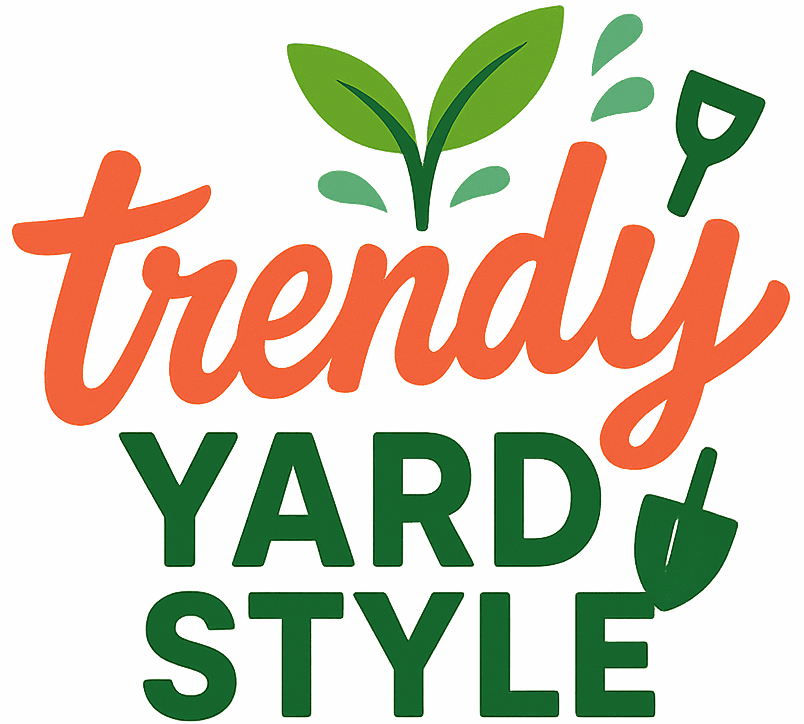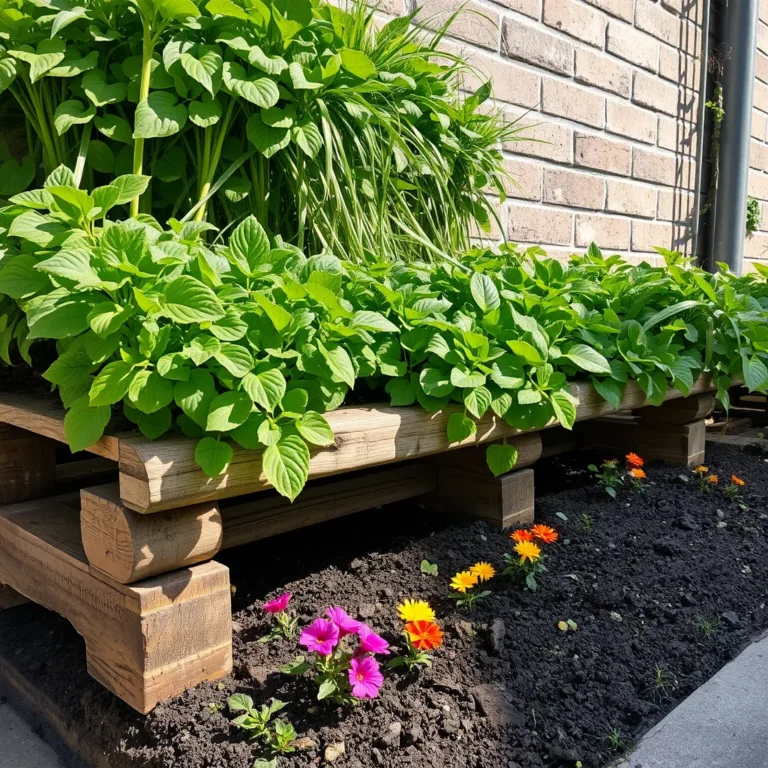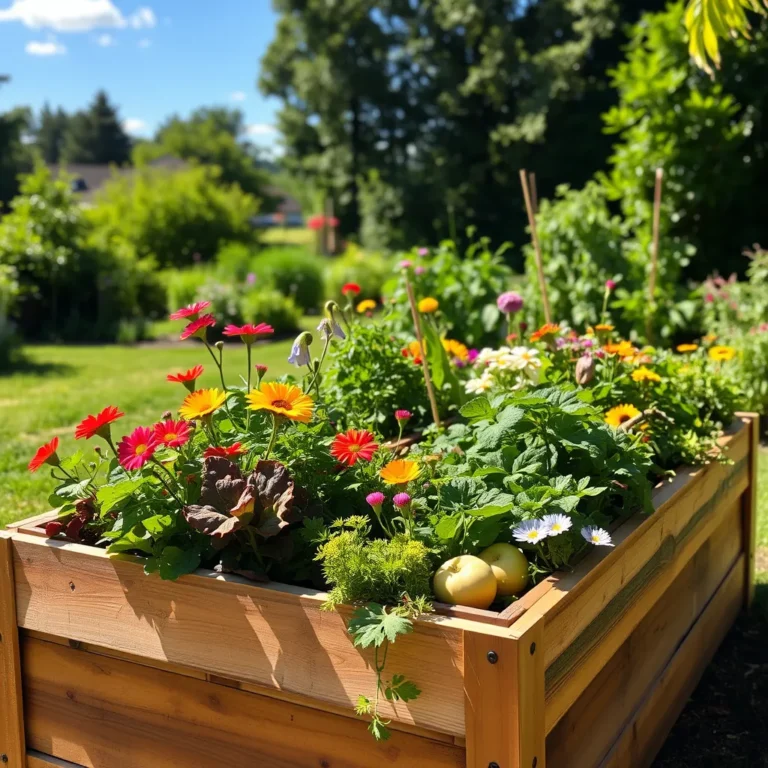9 Budget-Friendly Raised Garden Beds You Can DIY Today
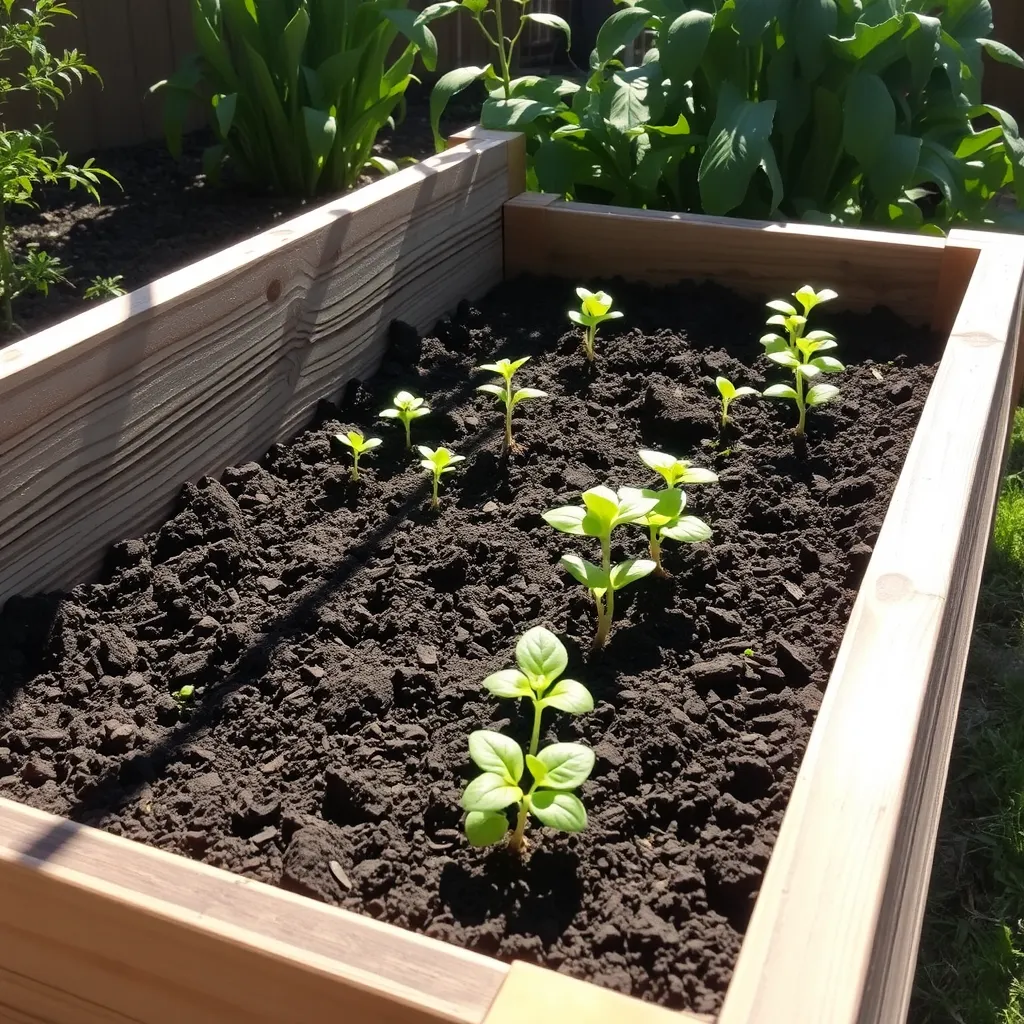
Are you ready to grow your own garden without breaking the bank? In 9 Budget-Friendly Raised Garden Beds You Can DIY Today, I’ll show you how simple and rewarding building your own garden beds can be. From classic wooden designs to eco-friendly recycled tires, I’ll guide you through each option? Plus, I’ll share costs and materials to make your project a success. Let’s dig in and get started!
Classic Wooden Raised Garden Bed: Step-by-step Instructions
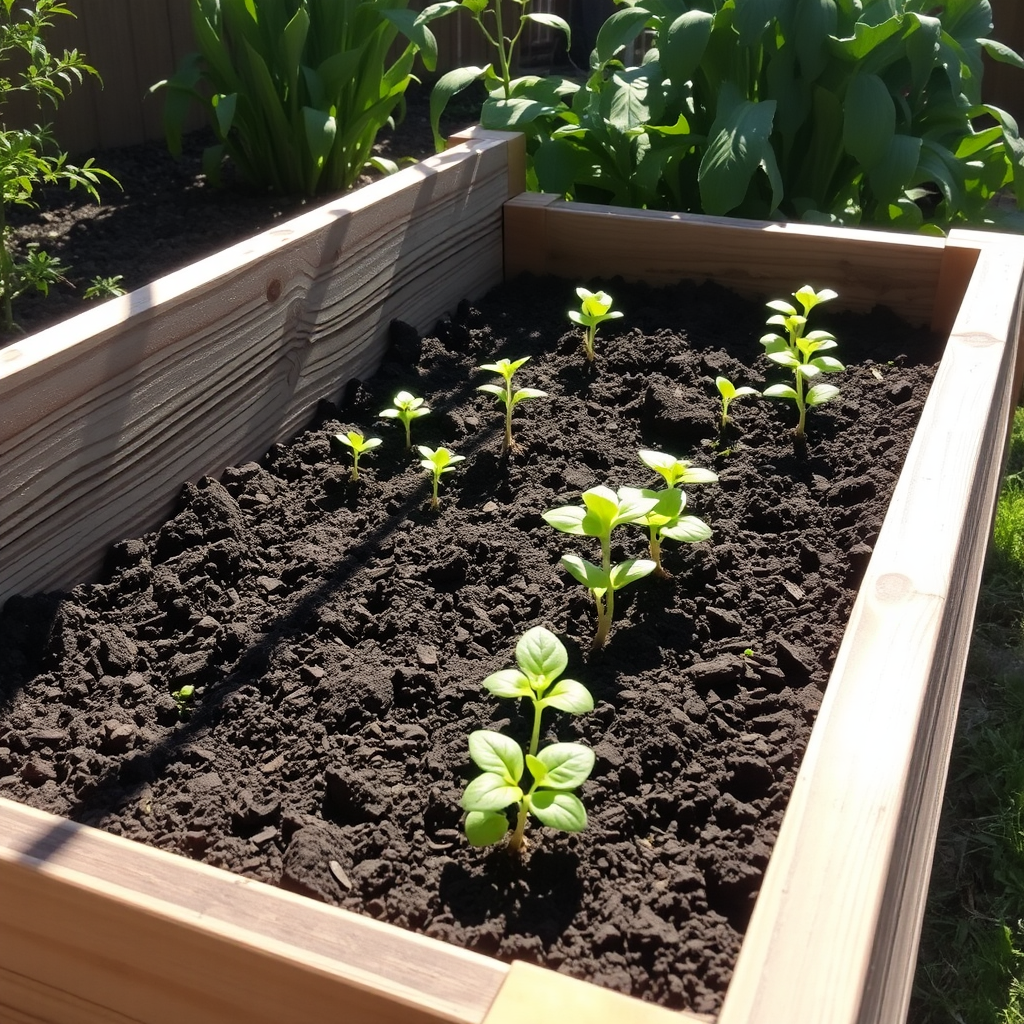
To build a classic wooden raised garden bed, start by choosing a spot with good sun. Next, gather your tools and materials. You will need 4 wooden boards, screws, and a drill.
1. Cut two boards to the desired length.
2. Cut the other two boards to the same width.
3. Use screws to attach the boards in a rectangle shape.
4. Make sure it is sturdy and level.
5. Fill the bed with soil and compost.
This bed will help your plants grow strong!
Materials Needed for Classic Wooden Design
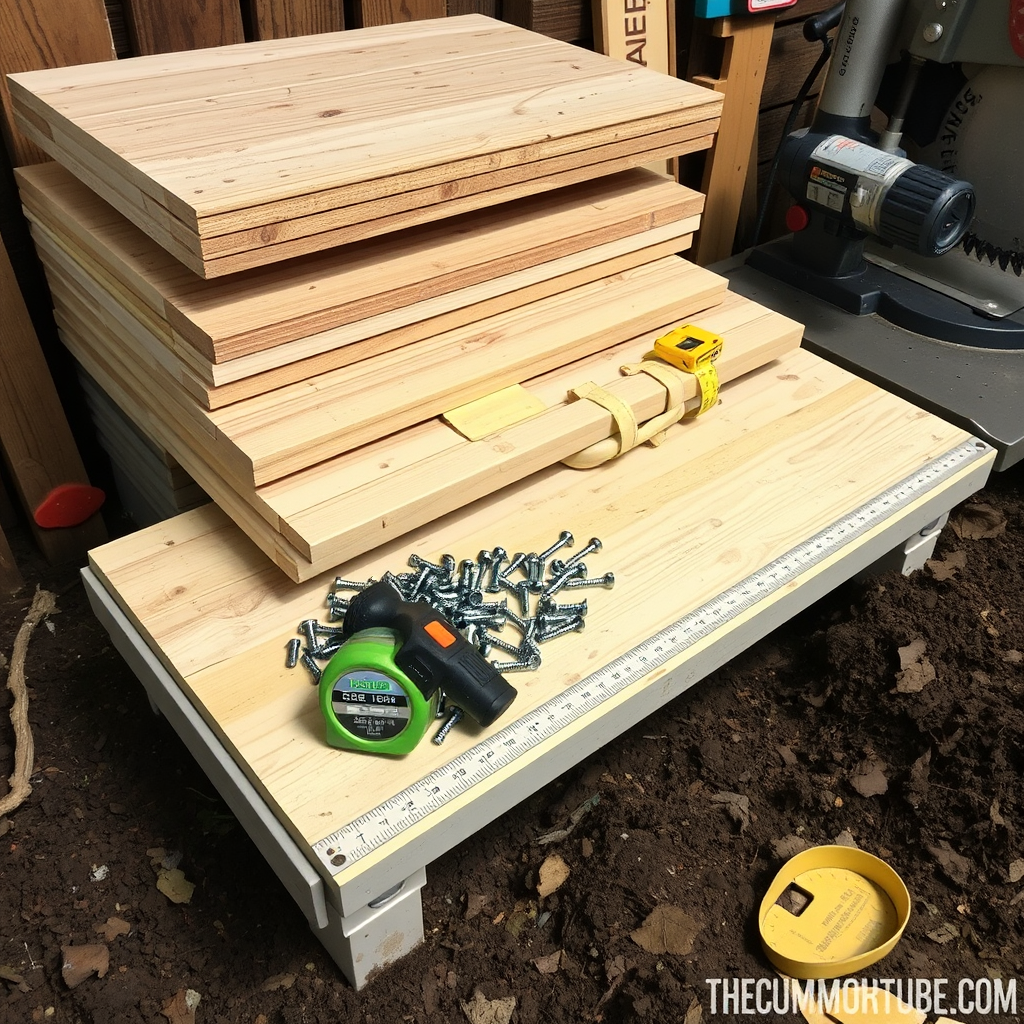
– 4 wooden boards (2 for length, 2 for width)
– Screws
– Drill
– Measuring tape
– Saw
– Soil and compost
These materials are easy to find at your local store.
Estimated Cost Breakdown of Classic Wooden Raised Bed

The cost of a classic wooden raised bed is quite low. Here’s a quick breakdown:
– Wooden boards: $20
– Screws: $5
– Soil and compost: $30
Total cost: around $55. This makes it a budget-friendly option for your garden!
Pallet Garden Bed: How to Repurpose Wooden Pallets

Using wooden pallets for your garden bed is a smart choice. You can find pallets for free or at a low cost. They are easy to work with and can fit in any yard. To start, choose pallets that are in good shape. Look for ones that are not broken or stained. You can make a raised bed in just a few steps.
First, lay the pallets flat on the ground. If you want more height, stack them. You can use screws to hold them together. Make sure to drill holes for drainage. This step is key, as it helps your plants thrive.
List of Materials for a Pallet Garden Bed
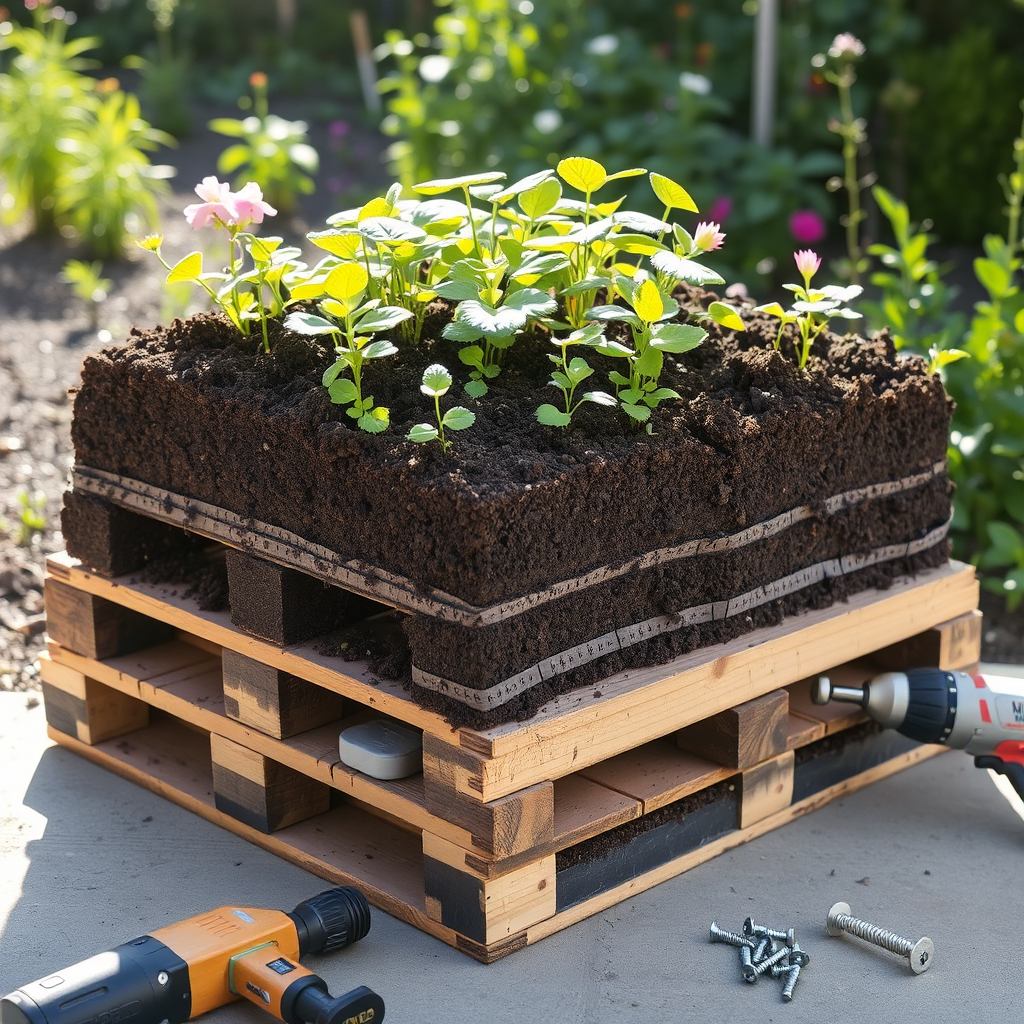
– Wooden pallets
– Screws or nails
– Drill for holes
– Landscape fabric (optional)
– Soil and compost
– Plants or seeds
Gather these items before you start. Having everything ready makes the job easier and faster.
Cost Efficiency of Using Pallets for Your Garden
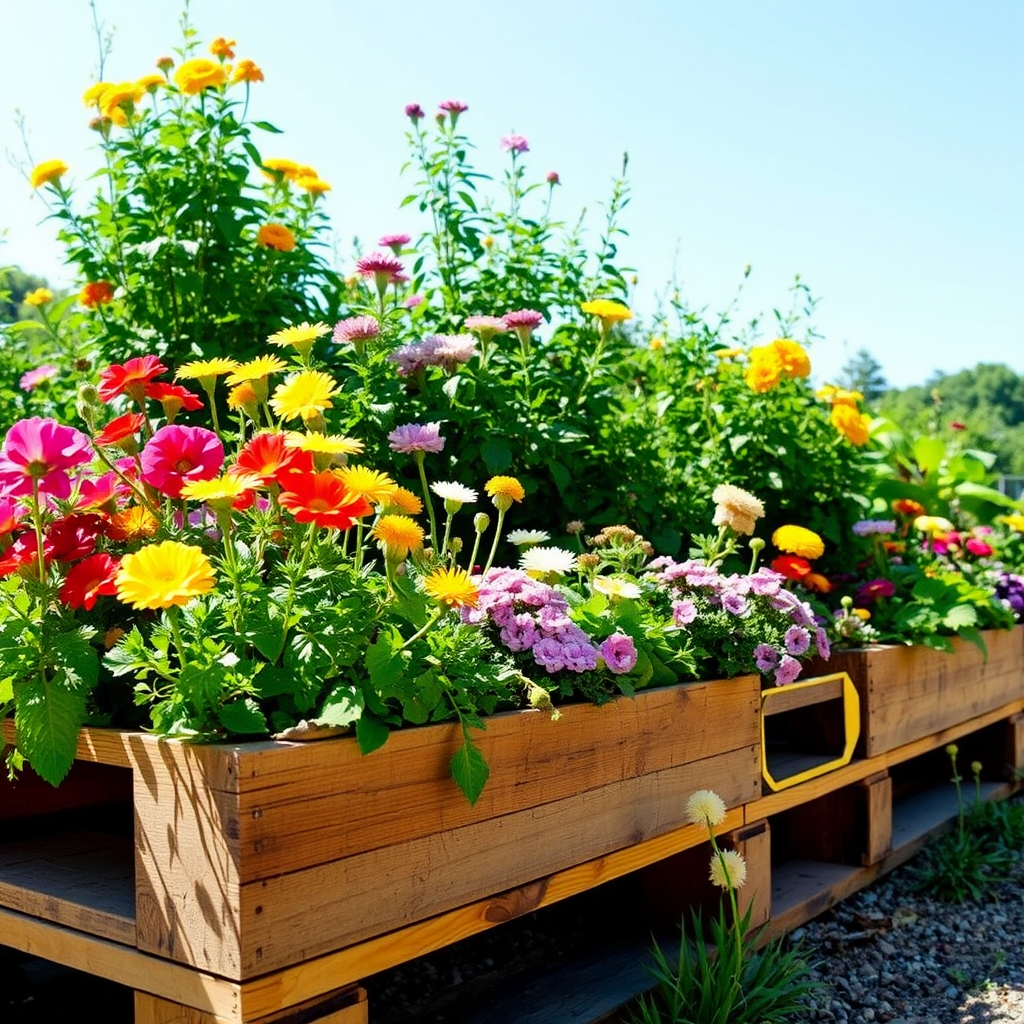
Pallets can save you a lot of money. Most pallets are free or cost very little. Even if you buy some, the total cost is low. You can make a nice garden bed for around $20 to $50. This cost includes soil and plants. In fact, this method can cut your gardening costs in half. Plus, you help the environment by recycling. Using pallets is a win-win for both your wallet and the planet!
Cinder Block Raised Garden Bed: Durable and Affordable Option
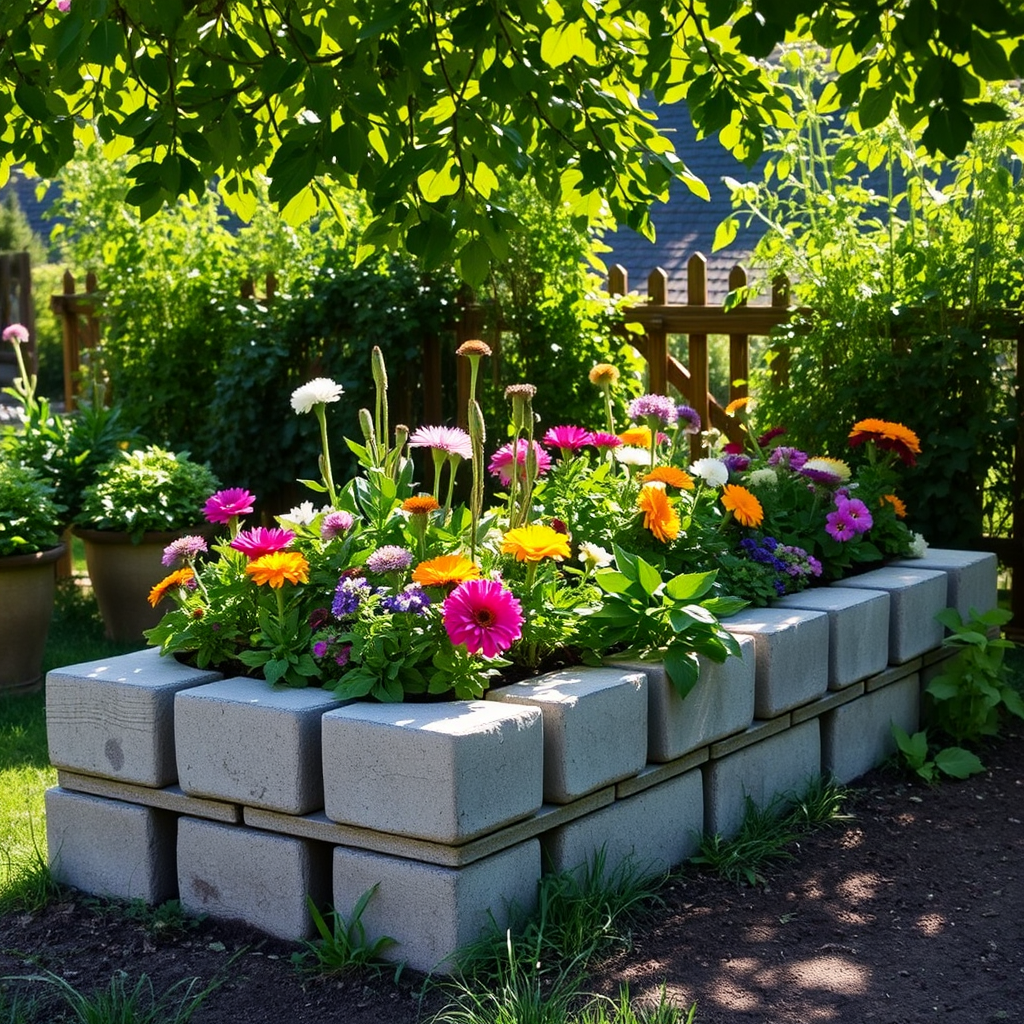
A cinder block raised garden bed is strong and cheap. You can make one with just a few blocks and no need for tools. Cinder blocks are easy to find at home stores or online.
Cinder Block Setup Instructions
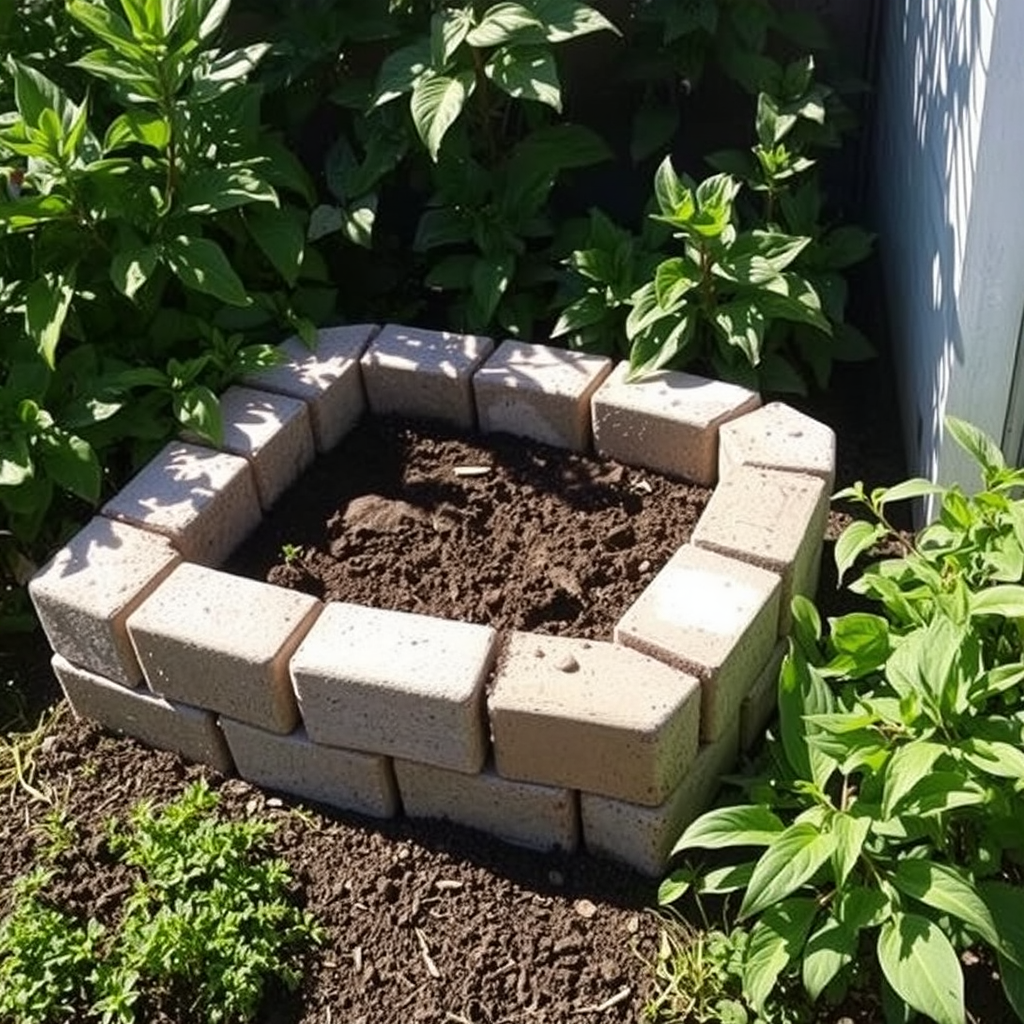
1. Choose a spot: Find a sunny area in your yard.
2. Gather cinder blocks: You will need 12 to 20 blocks, depending on size.
3. Lay out blocks: Place blocks in a square or rectangle shape.
4. Stack blocks: You can stack two high for more soil depth.
5. Fill with soil: Add garden soil to the bed. You can mix in compost for better growth.
This setup takes just a few hours. It does not need special tools, so anyone can try it.
Cost Analysis for a Cinder Block Bed
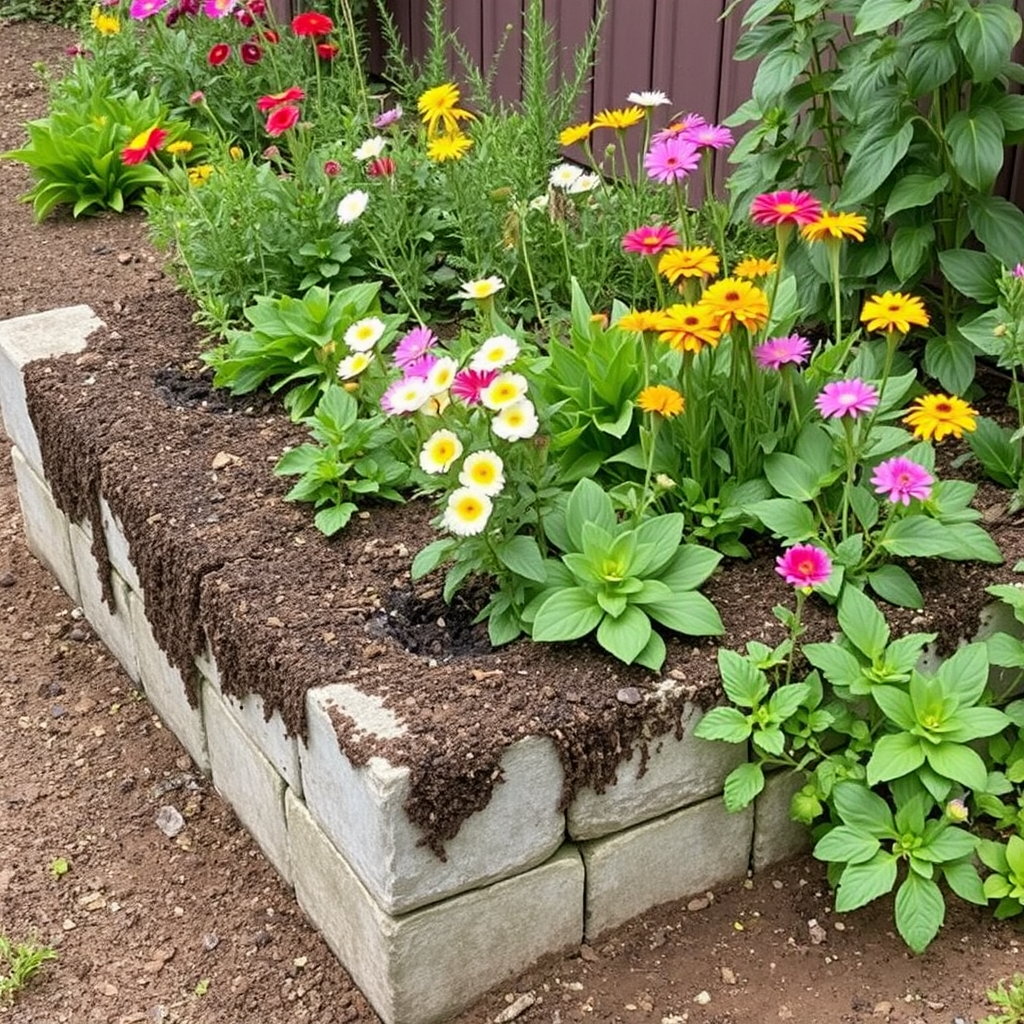
Cinder blocks cost about $1.50 each. If you buy 15 blocks, it will be around $22.50. You also need soil, which can cost about $40 for a yard. So, the total cost is around $62.50. This price is great for a strong garden bed that lasts.
Recycled Tires as Raised Garden Beds: Eco-Friendly Option
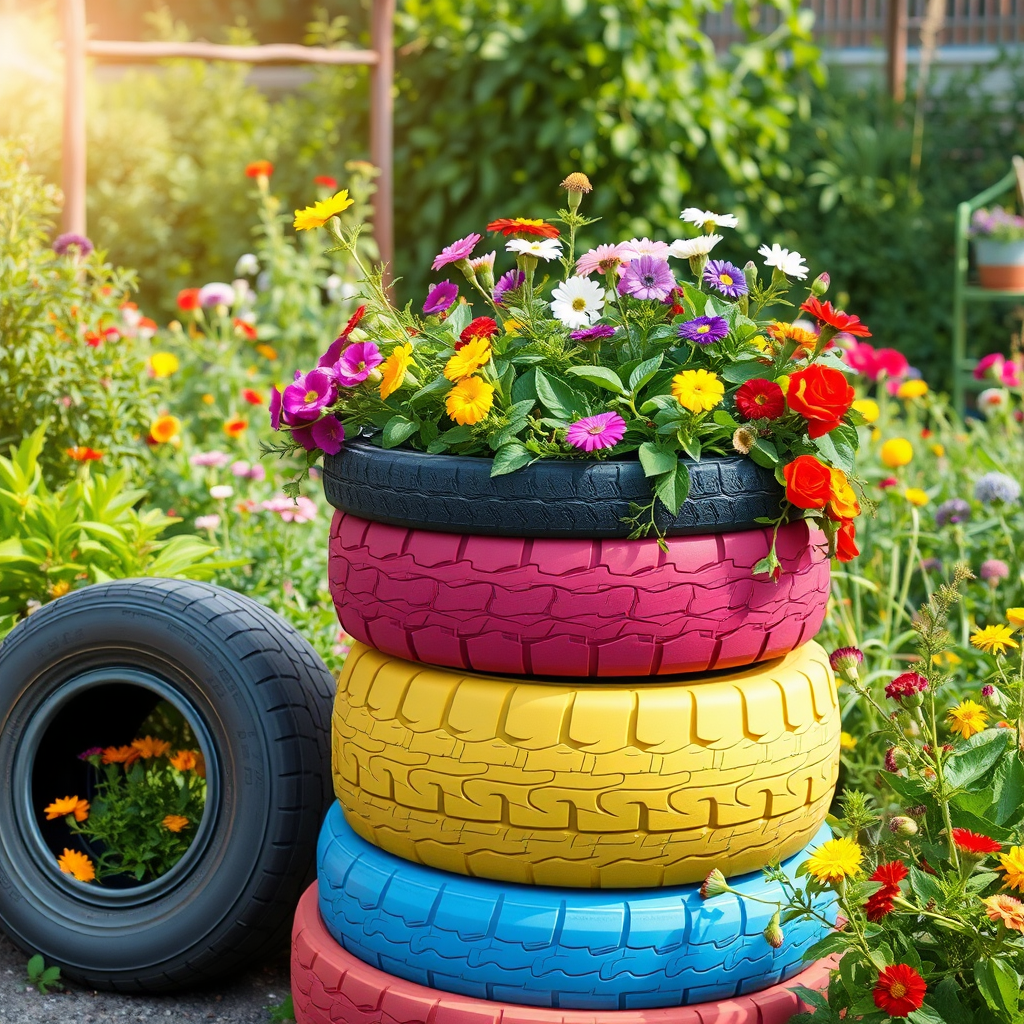
Using recycled tires for raised garden beds is a smart choice. They are eco-friendly and cost-effective. You can find old tires at junkyards or on online marketplaces. This option helps reduce waste while giving you a unique garden bed.
How to Safely Use Tires for Gardening
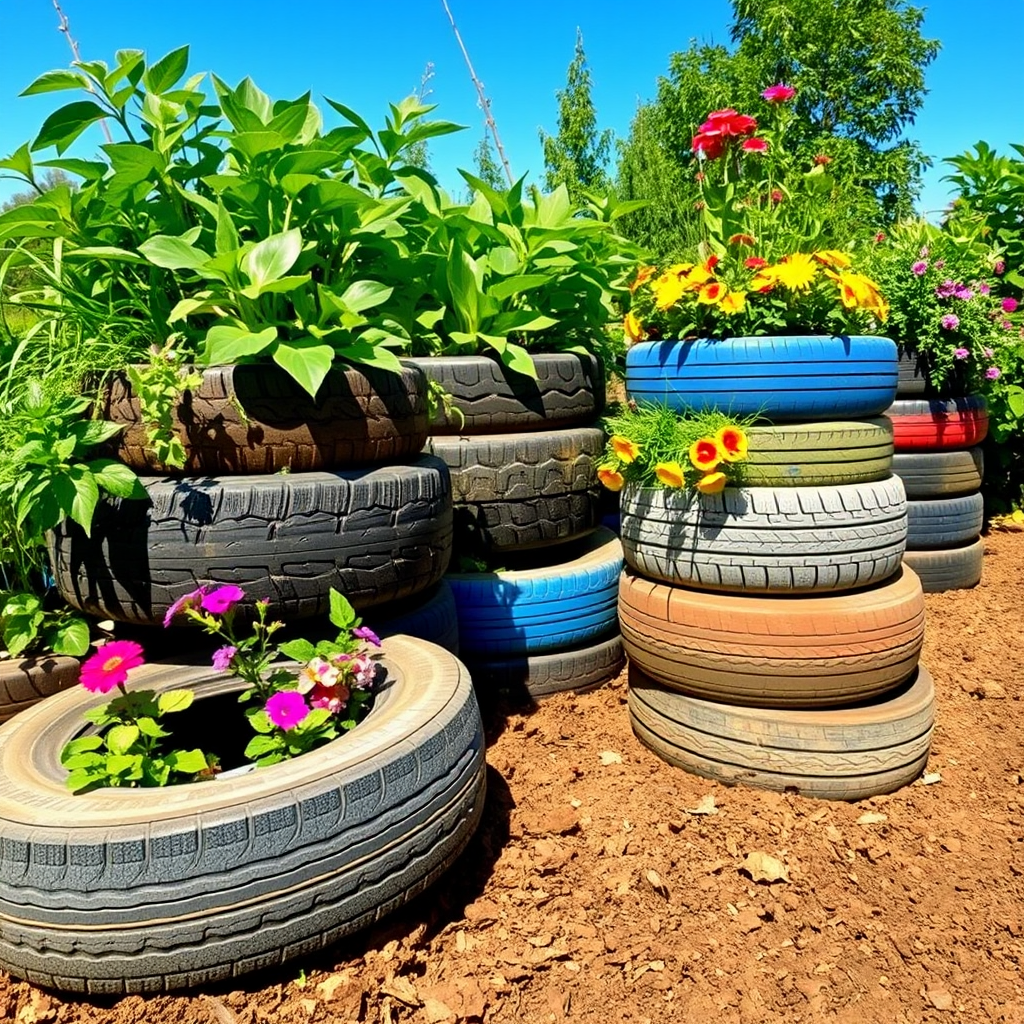
To use tires safely, start by cleaning them. Remove dirt, stones, and debris. Next, stack the tires to create the desired height. You can use one tire or stack two or three. Fill the tires with good soil. Ensure you use soil that drains well. This setup gives you great crops and keeps weeds at bay.
Estimated Costs of Creating a Tire Garden Bed

Creating a tire garden bed is low-cost. You can usually get tires for free or for a small fee. The only other cost is soil. A cubic yard of soil costs about $30. If you need two cubic yards, you will spend about $60. In total, you can set up this bed for under $100. This makes it a budget-friendly choice for your garden.
Metal Raised Garden Bed: Simple DIY Using Sheet Metal
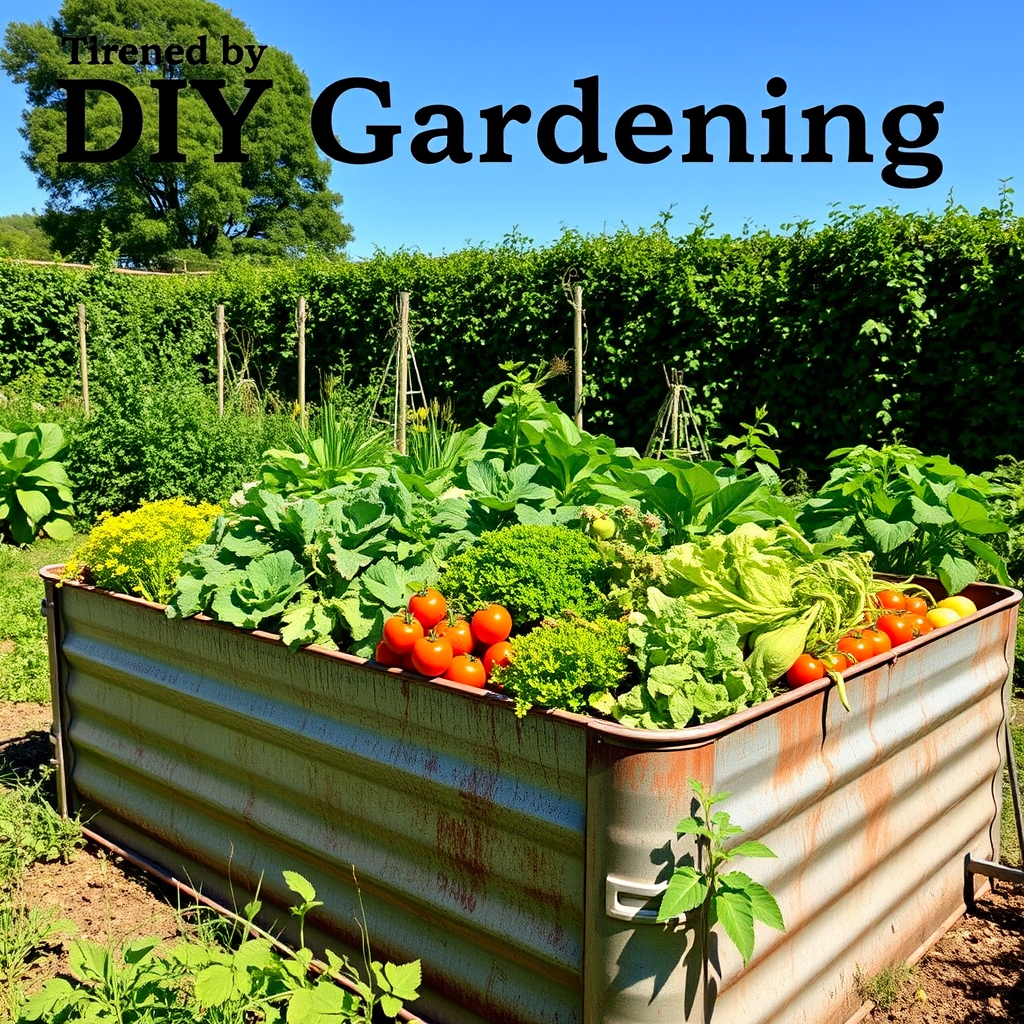
A metal raised garden bed is easy to make. You can use sheet metal to build one. This design is strong and lasts a long time. It also looks great in any yard.
Required Materials for Metal Garden Bed
– Sheet metal (galvanized or aluminum)
– Metal screws
– Wood for a base (optional)
– Drill
– Measuring tape
– Safety gloves
First, get your sheet metal. You can cut it to your preferred size. Then, use the metal screws to hold the pieces together. If you want, add a wood base to keep your plants safe from the ground.
Price Overview for Building a Metal Bed
The cost for a metal raised garden bed is low. You can build one for about $50 to $100. Prices vary based on the size and type of metal you choose. This option is perfect if you want an affordable and stylish way to garden.
Concrete Block Raised Garden Bed: Modern and Sturdy

A concrete block raised garden bed is a great choice. It looks modern and lasts a long time. You can find concrete blocks at most home stores, making them easy to get. They are strong and can hold heavy soil well.
Step-by-step Instructions for Building with Concrete Blocks

1. Choose a flat area in your yard. Make sure it gets enough sun.
2. Lay out the blocks in a rectangle or square shape. This will be the size of your bed.
3. Stack the blocks on top of each other. You can make it as high as you want.
4. Fill the bed with soil. Use good quality soil for best results.
5. Plant your seeds or plants. Water them well after planting.
Cost Overview and Benefits of Concrete Block Beds
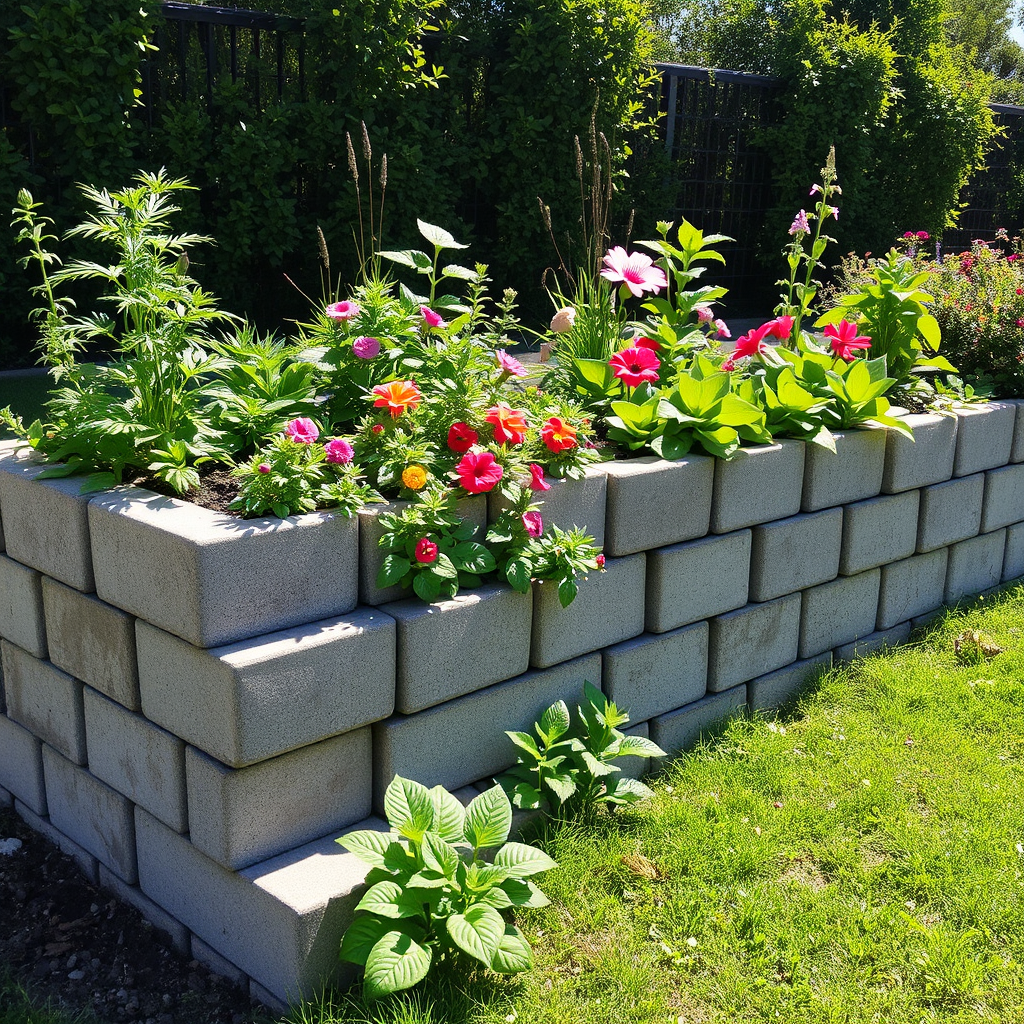
Building a concrete block bed costs around $50 to $100. The exact cost depends on the size.
Benefits of concrete block beds include:
– Durability: They last for years without rotting.
– Easy to build: You can do it yourself with no special tools.
– Low maintenance: They need little care once set up.
A concrete block raised garden bed is a smart choice for any gardener.
Fabric Raised Garden Bed: Lightweight and Portable Design
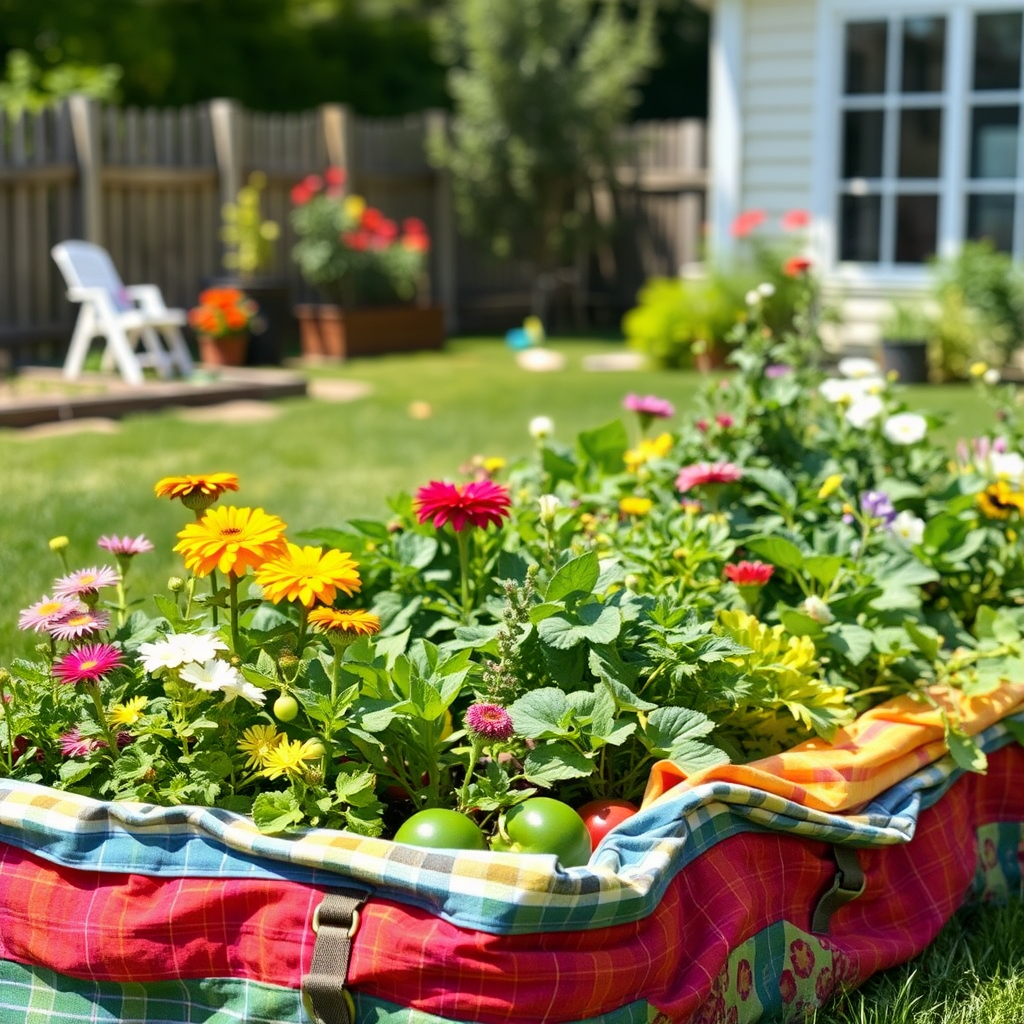
A fabric raised garden bed is a great choice. It is light and easy to move. You can set it up anywhere. This type of bed helps with drainage and keeps soil warm. You can also fold it when you are not using it.
Materials and Tools for a Fabric Garden Bed
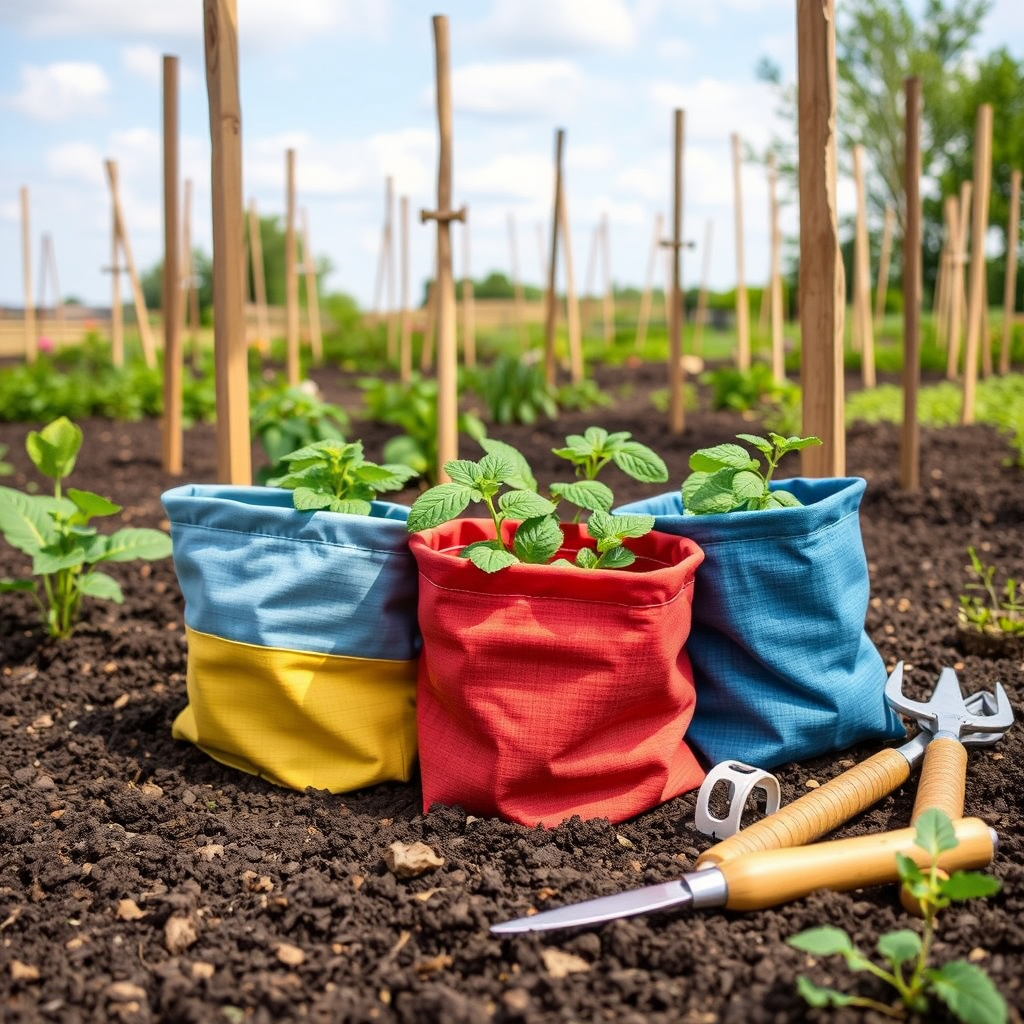
To make a fabric garden bed, you need a few simple items:
– Fabric planter bags or landscape fabric
– Wooden stakes or bamboo poles
– Soil and compost
– Scissors
– A shovel
These items are easy to find. You can get them at your local store or online.
Cost Estimate for Fabric Raised Beds
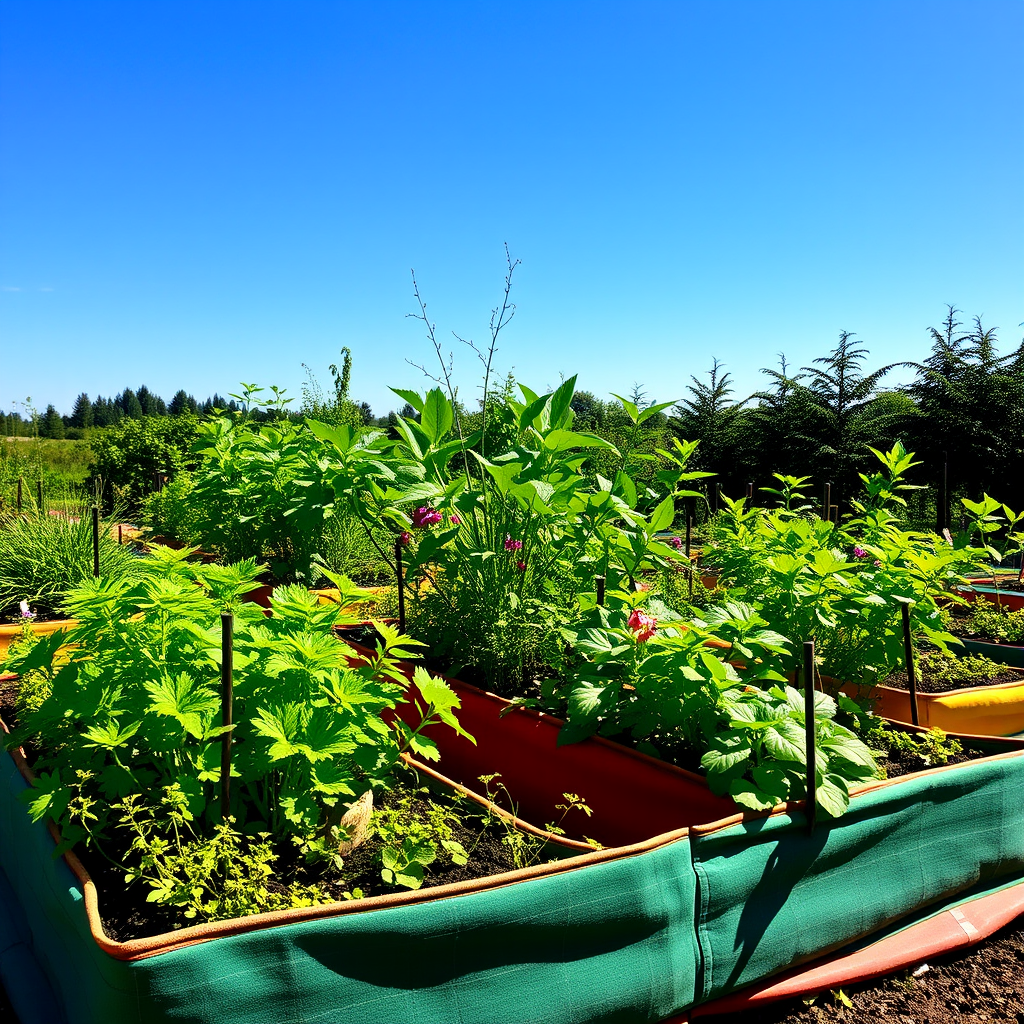
The cost of a fabric raised garden bed is low. You can expect to spend around $30 to $50. This price includes all the materials. It is a budget-friendly choice for new gardeners. You can grow many plants without spending much.
Woven Willow Raised Garden Bed: Natural Aesthetic
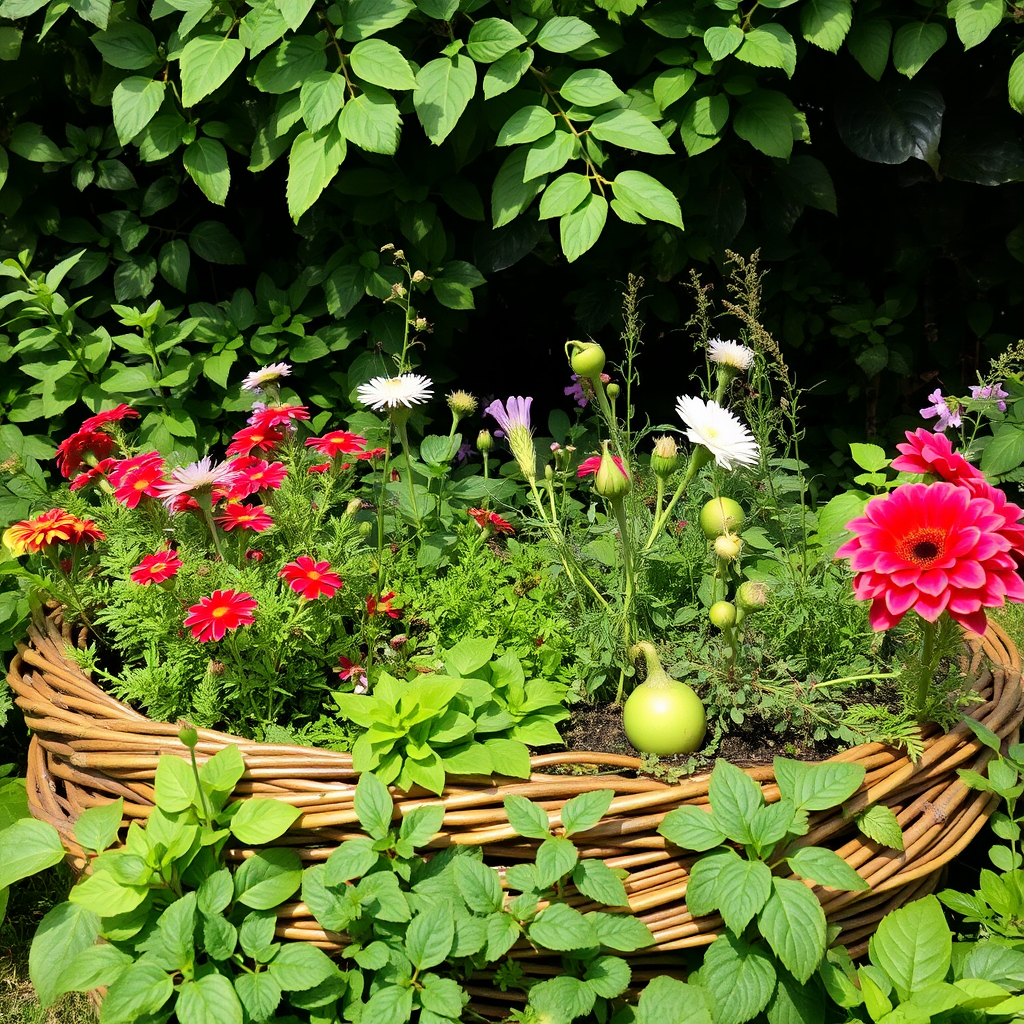
A woven willow raised garden bed brings a natural look to your yard. It blends well with plants and flowers. This style of bed is great for growing veggies and herbs too.
Instructions for Creating a Willow Bed
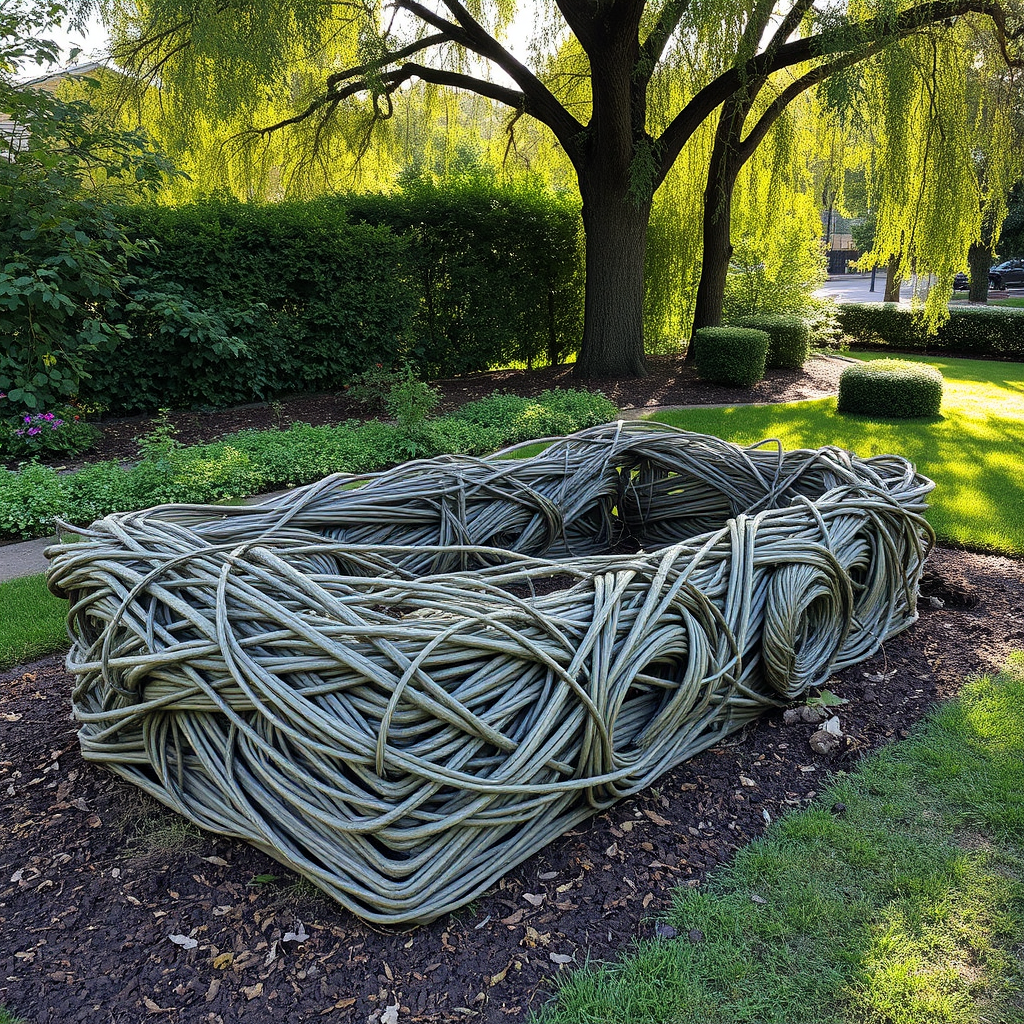
1. Gather Materials: You need willow branches, stakes, and soil.
2. Choose Location: Find a sunny, flat spot in your garden.
3. Build the Frame: Use stakes to mark out a rectangle.
4. Weave the Willow: Start at one end and weave the willow through the stakes. Keep it tight and close.
5. Fill with Soil: Once the frame is done, add good soil. Mix in compost for better growth.
Estimated Costs and Benefits of Using Willow
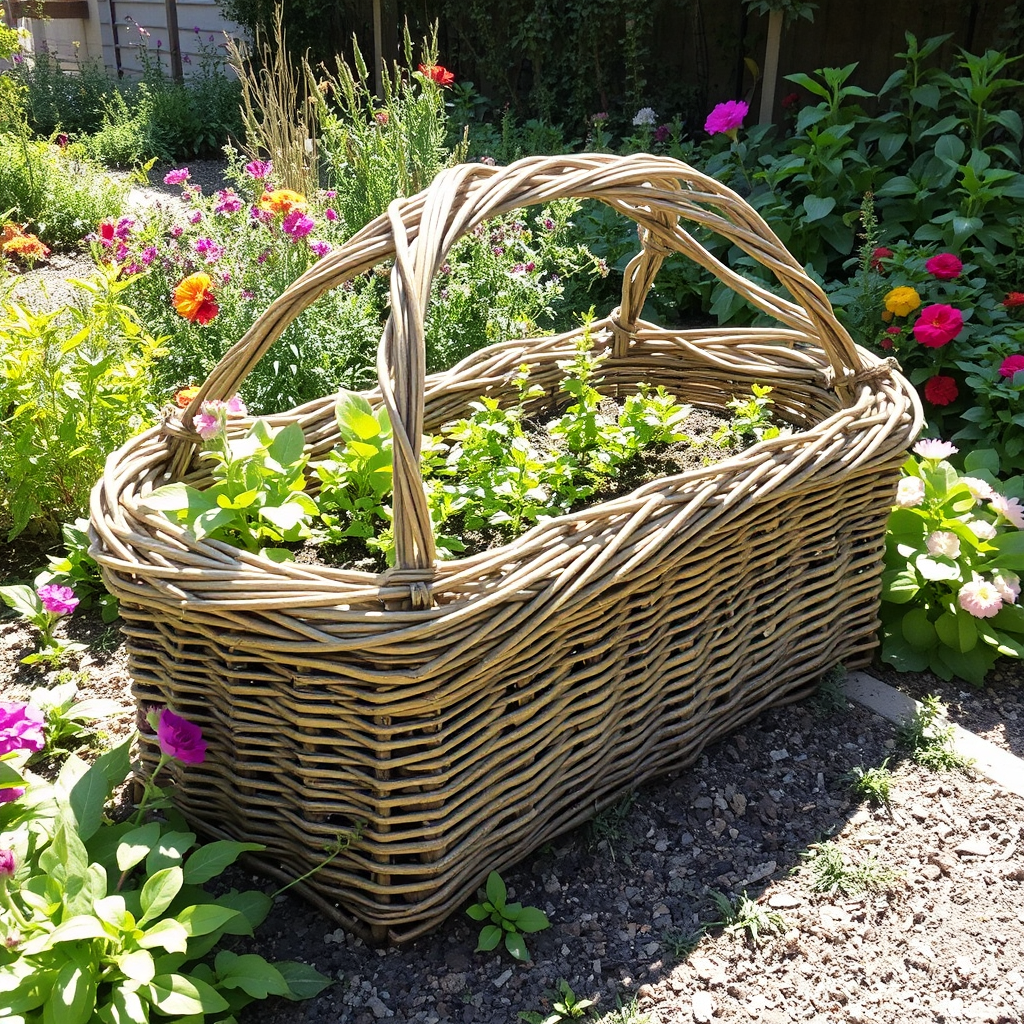
The costs are low when using willow. You can find willow branches for free or buy them. Expect to spend around $50 for materials.
Benefits include:
– Eco-Friendly: Willow is a natural material that breaks down slowly.
– Unique Look: The woven design is beautiful and stands out.
– Good Drainage: The gaps in the weave allow water to flow easily.
This raised bed style is not just cost-effective but also adds charm to your garden.
Raised Garden Bed with Trellis: Maximize Your Space

A raised garden bed with a trellis helps you grow more plants in less space. The trellis supports climbing plants like beans and peas. You can also grow flowers that need support. This design uses vertical space, so your garden looks nice and neat.
How to Integrate a Trellis into Your Garden Bed Design
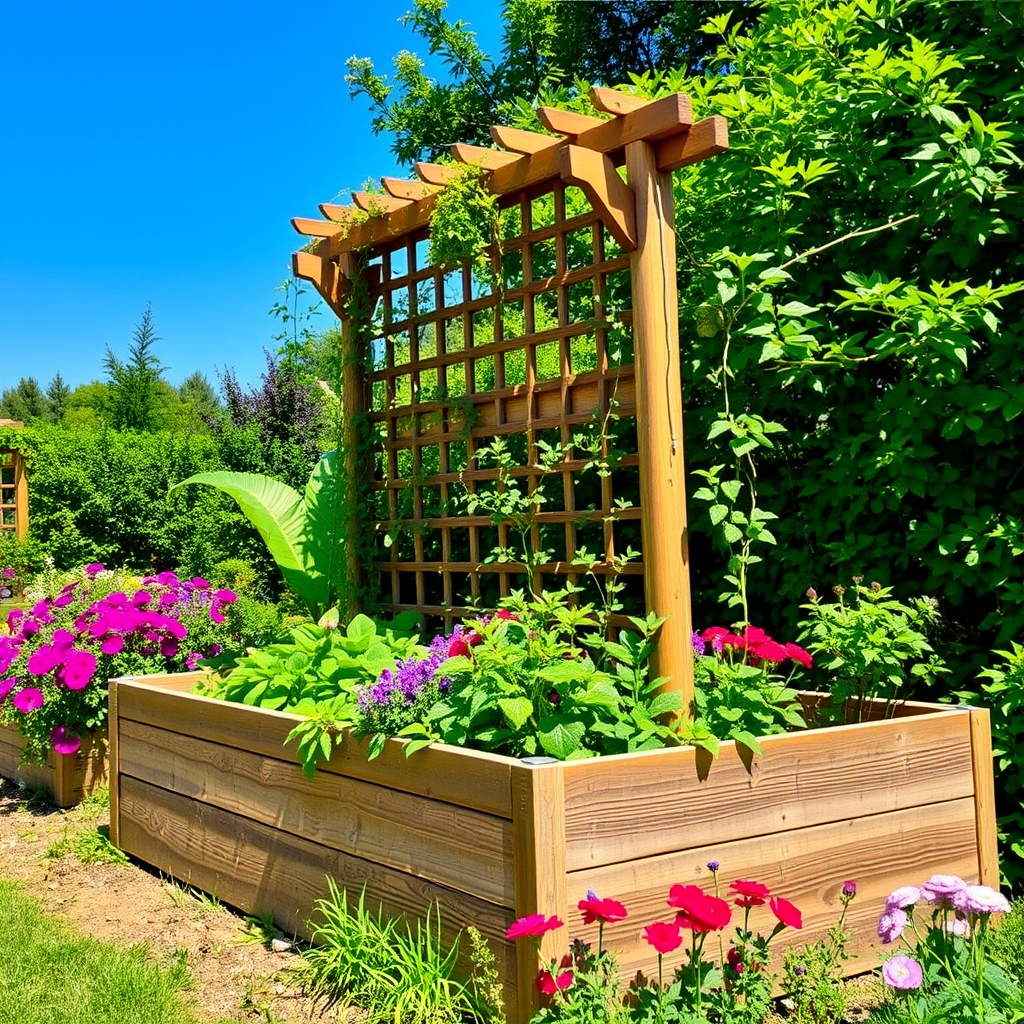
Start by building a basic raised bed. Use wood or cinder blocks for the frame. Make it at least 4 feet long and 2 feet wide. Then, add a trellis at one end. You can use wood slats, wire mesh, or bamboo poles. Secure the trellis to the bed with screws or ties. This setup keeps your plants off the ground, making it easy to pick them.
Budget Considerations for a Trellis Garden Bed
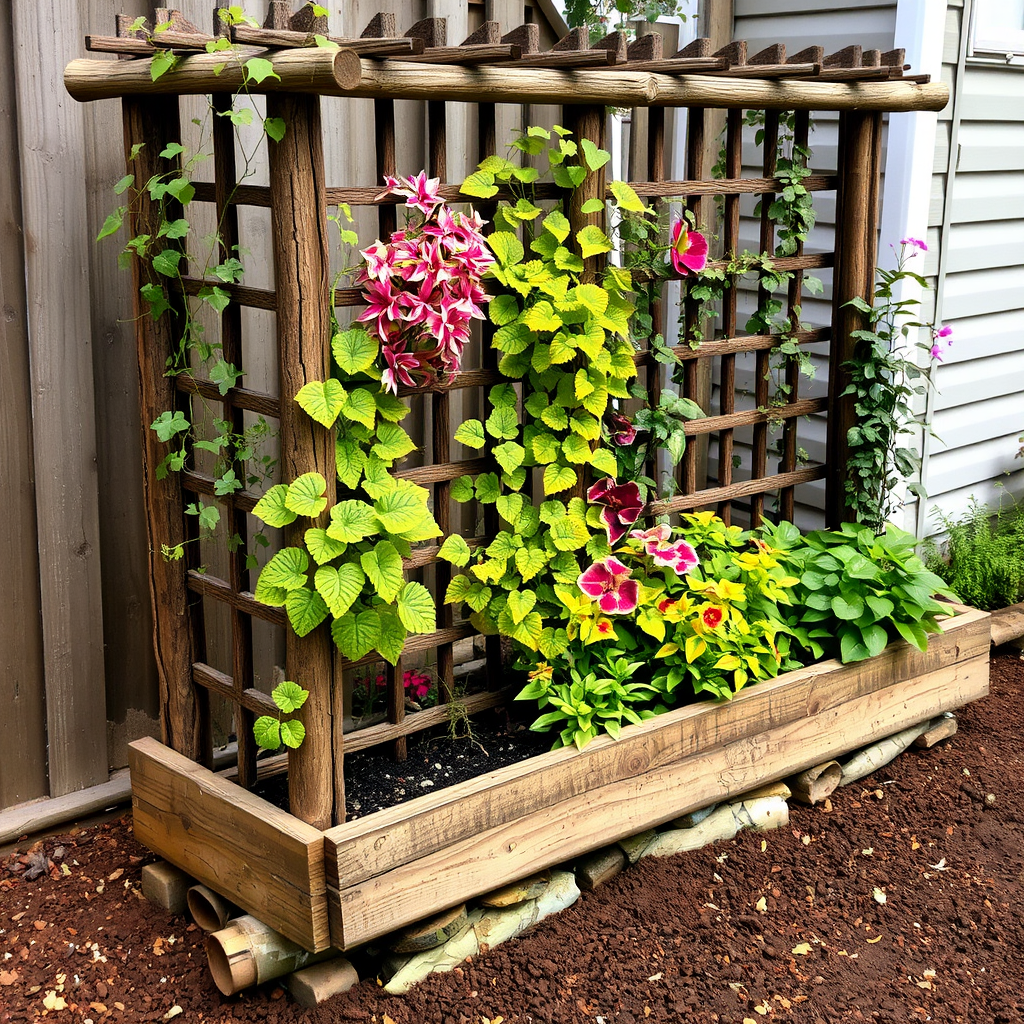
Building a raised bed with a trellis can be cost-effective. Here’s a rough cost breakdown:
– Wood for the bed: $50 to $100
– Trellis materials: $20 to $50
– Soil and plants: $30 to $70
In total, you might spend between $100 and $220. You can save money by using recycled materials. Look for scrap wood or old bamboo.
Conclusion
In this blog post, I covered various raised garden bed options. You learned how to build classic wooden beds, pallet beds, and even beds from recycled materials. I shared the materials needed and cost estimates for each type. Consider your space, budget, and goals when choosing the best option. Each design offers unique benefits, whether it’s durability or eco-friendliness. Gardening can be fun and rewarding, so pick a style that excites you. Your garden can thrive with the right raised bed!
